Lystek Celebrates 25 Years of Innovation
Innovation
Lystek is committed to ongoing research and development to improve our , operations and services. We collaborate on innovative projects related to organic waste diversion, energy, wastewater treatment optimization and horticulture/agriculture.
Featured Projects
Epic Digestion/Co-generation Demonstration Project (Goleta, California)
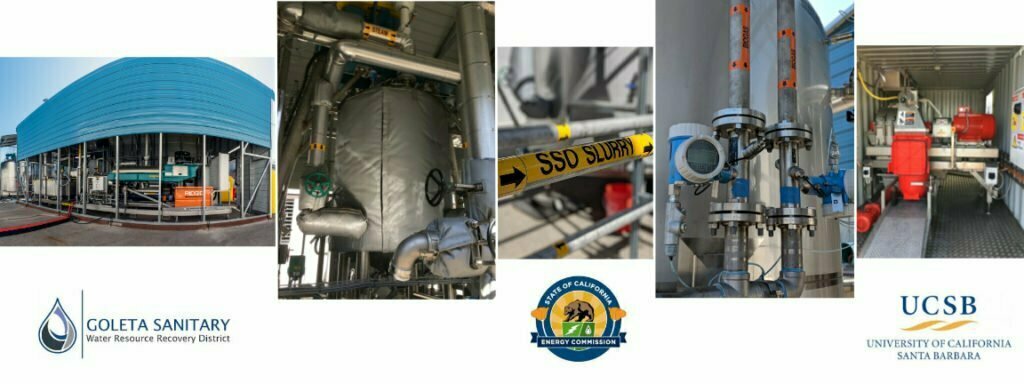
Additional Projects
In collaboration with universities and other institutions, a significant body of research has been developed related to the Lystek THP technology and applications.
Our research partners include organizations like WERF LIFT, municipal and industrial research laboratories, academic institutions such as the University of California Davis, Purdue University, Manhattan College, University of Guelph, Western University, and the University of Waterloo, among others.
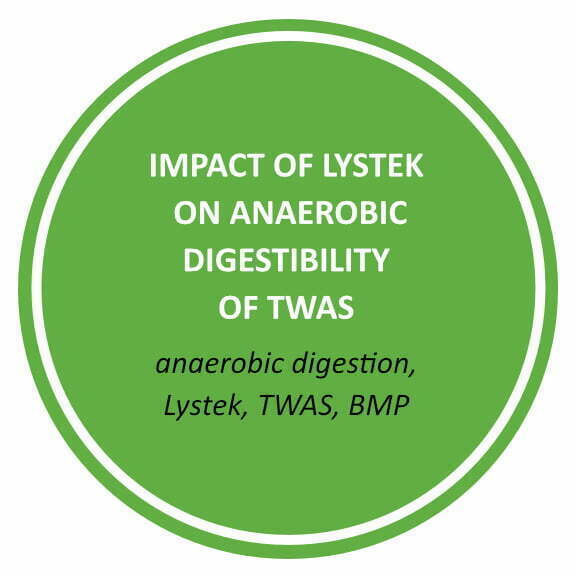
Impact of Lystek on Anaerobic Digestibility of TWAS
Keywords: Anaerobic digestion, Lystek, TWAS, BMP
Principal Investigator: Dr. George Nakhla, Western University
This study investigated the impact of recirculating biosolids processed by Lystek THP (LysteMize process) to anaerobic digesters (AD) on the digestibility of thickened waste activated sludge (TWAS) at the St. Marys Wastewater Treatment Plant (WWTP) in Ontario.
Key Findings:
- Recirculating Lystek-processed biosolids to the digester enhanced methanogenic activity by 50% and improved the methane yield by 22% after 5 months.
- Volatile suspended solids (VSS) destruction efficiency was increased by 18% with the addition of Lystek-processed biosolids to the digester.
- Degradation kinetics for Lystek-processed biosolids were 40% faster than the TWAS only.
The study demonstrated the positive effect of the LysteMize process (recirculating Lystek-processed biosolids to AD) for improving the digestibility of TWAS.
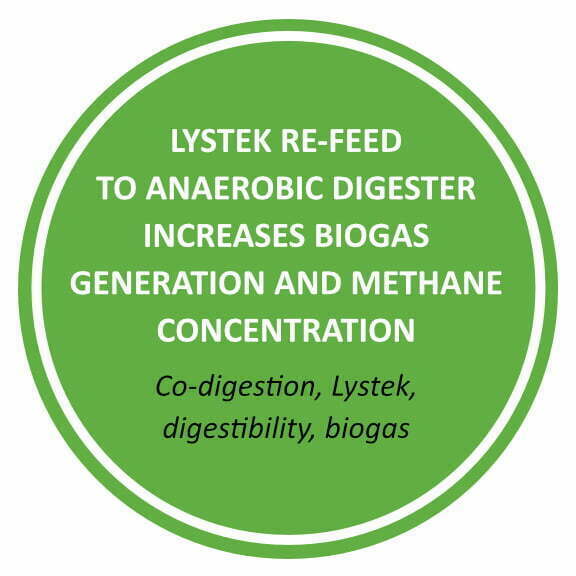
Lystek Re-feed to Anaerobic Digester Increases Biogas Generation and Methane Concentration
Keywords: Co-digestion, Lystek, Digestibility, Biogas
Principal Investigator: Jeanette Brown, Manhattan College
This study evaluated the impact of recirculating biosolids processed by Lystek THP (LysteMize process) to anaerobic digesters on biogas yields and methane concentration of primary sludge.
Key Findings:
- Volatile solids reduction and biogas yields in the Lystek-fed digester were 15-20% and 25-30% higher, respectively, than the control without Lystek.
- Hydrogen sulfide (H2S) production in digester gas was lower in the treatment with Lystek-process biosolids fed to the AD than the control digester without Lystek feed.
- Ammonia production was in the normal range.
- Optimal gas yields were achieved with 20-25% re-feed volume of Lystek-treated biosolids.
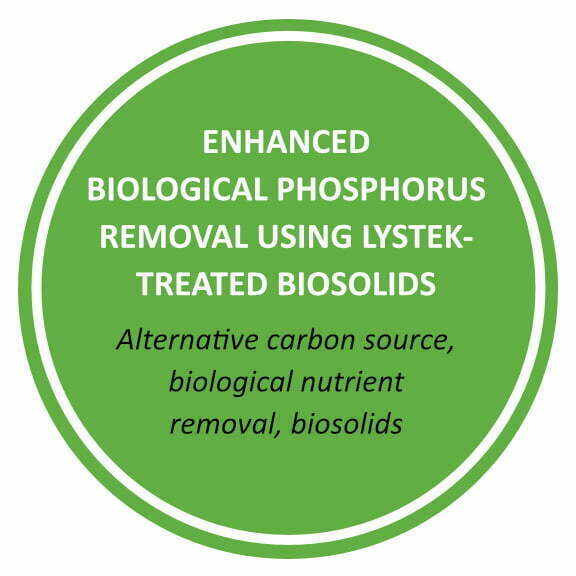
Enhanced Biological Phosphorus Removal Using Lystek-Treated Biosolids
Keywords: Alternative carbon source, Biological nutrient removal, Biosolids
Principal Investigator: Dr. George Nakhla, Western University
Biosolids treated with Lystek THP can be utilized in biological nutrient removal (BNR) systems as a carbon source for additional nitrogen and phosphorus removal from wastewater (LysteCarb process).
This study evaluated the efficacy and efficiency of nitrogen and phosphorus removal from a variety of municipal wastewaters with Lystek-treated biosolids as a carbon source, compared with synthetic volatile fatty acids (VFAs).
Key Findings:
- Phosphorus removal efficiencies were between 98%–99% and 90%–97% and nitrogen removal efficiencies were 78%–81%, and 67% for the synthetic VFA and Lystek, respectively.
This study reports the feasibility of using Lystek THP-treated biosolids as an alternative carbon source for biological phosphorus removal.
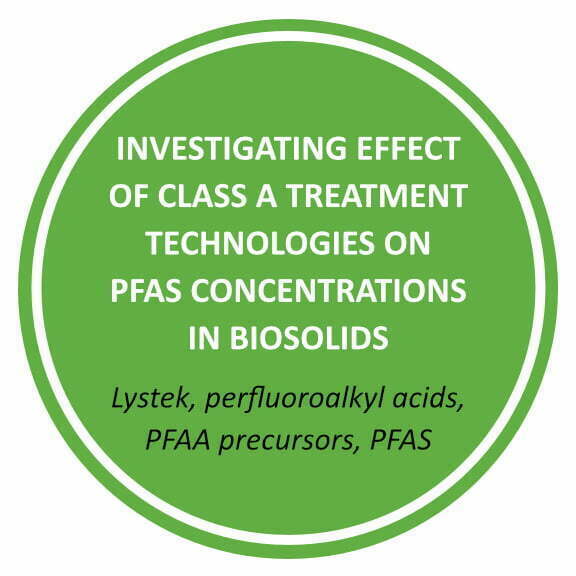
Investigating Effect of Class A Treatment Technologies on PFAS Concentrations in Biosolids
Keywords: Lystek, Perfluoroalkyl acids, PFAA precursors, PFAS
Principal Investigator: Dr. Linda Lee, Purdue University
This study evaluated the concentration of per- and polyfluoroalkyl substances (PFAS) in commercially available biosolids products, which had undergone different types of treatment: heat treatment, composting, blending, and Lystek THP. Seventeen perfluoroalkyl acids (PFAAs) and 30 PFAA precursors were evaluated.
Key Findings:
- Heat treatment and composting increased PFAA concentrations.
- Lystek THP had no significant effect on PFAA concentrations.
- The blending process diluted and therefore decreased PFAA concentrations.
If you are unable to access an article, but would like to read it in full, please contact us.